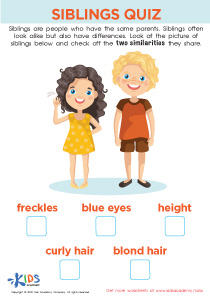Physical Science Worksheets for Ages 3-9 - Page 4
85 filtered results
-
From - To
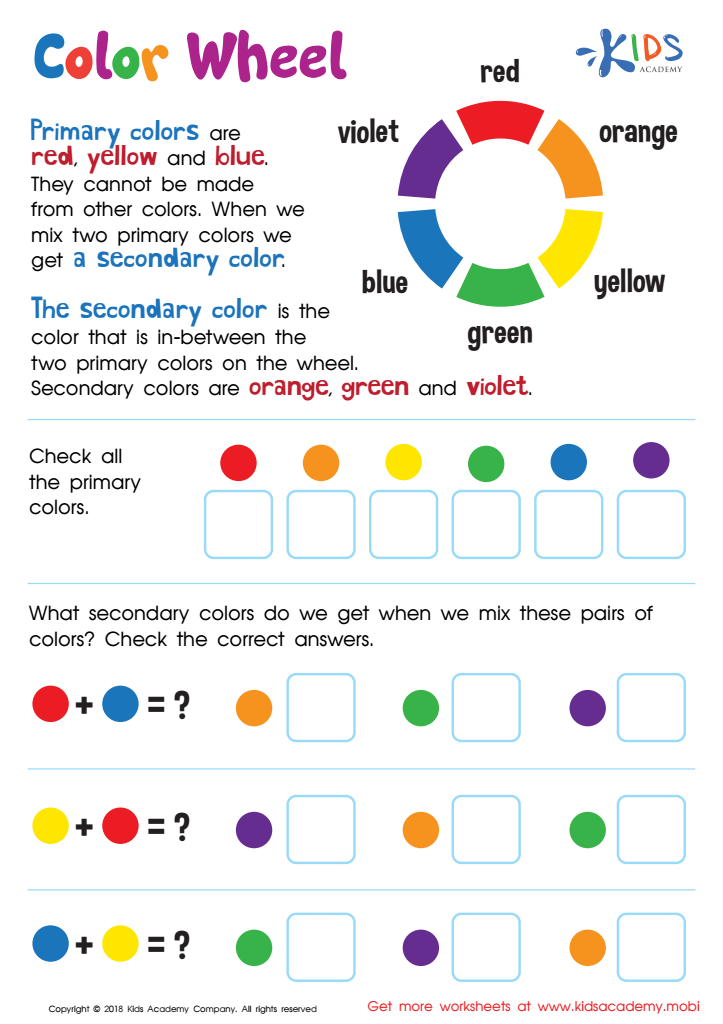

Primary and Secondary Colors Worksheet
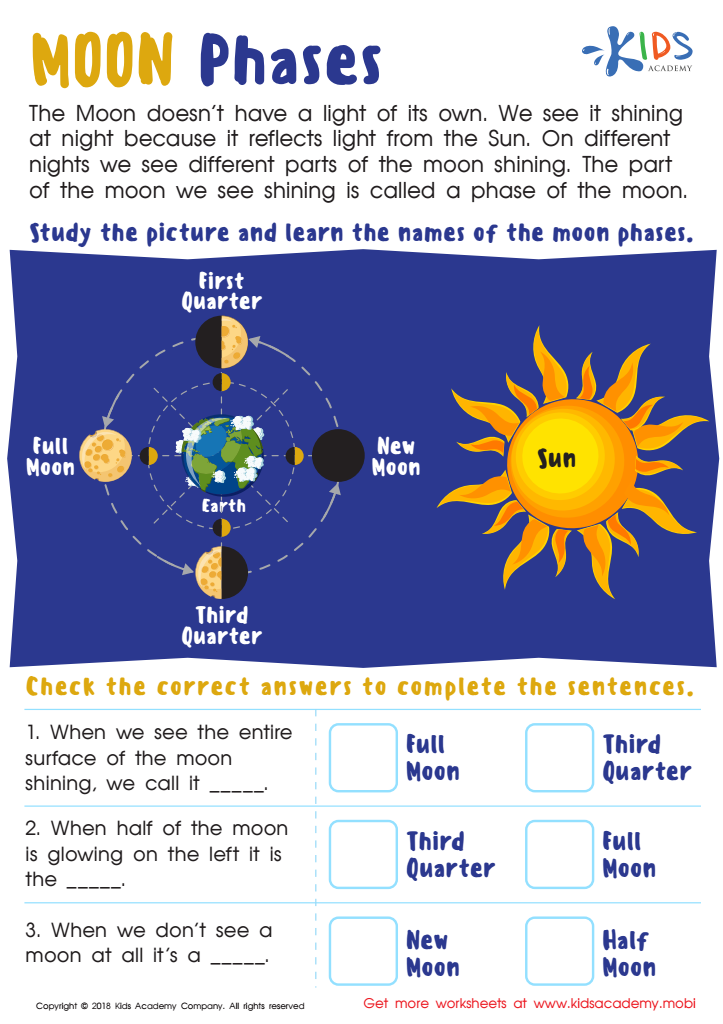

Moon Phases Worksheet
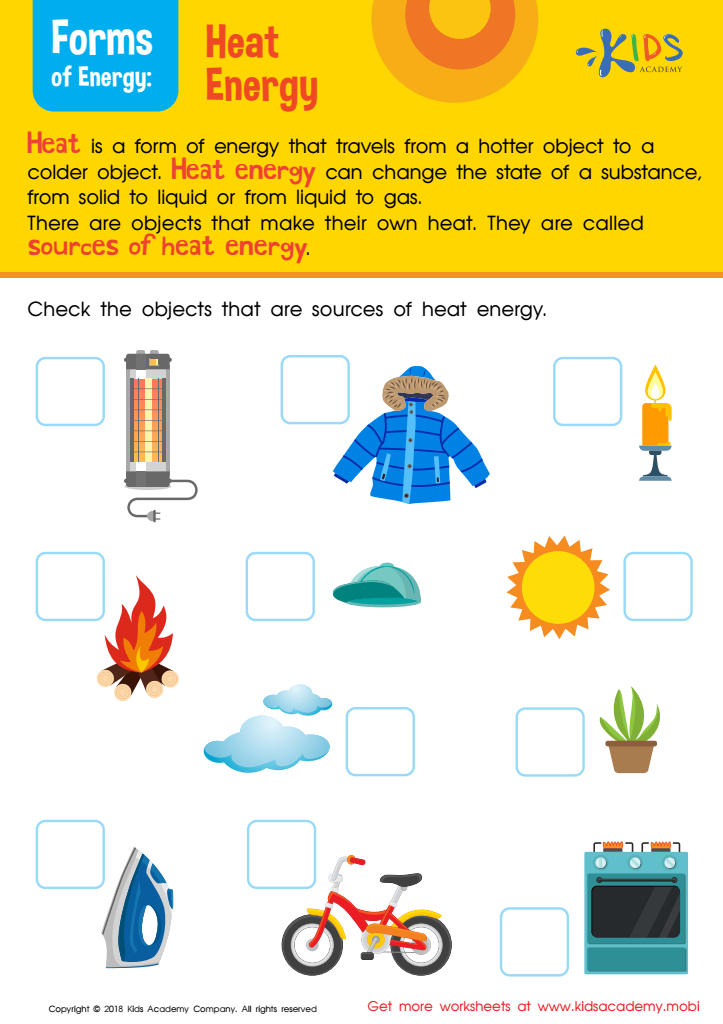

Sources of Heat Energy Worksheet
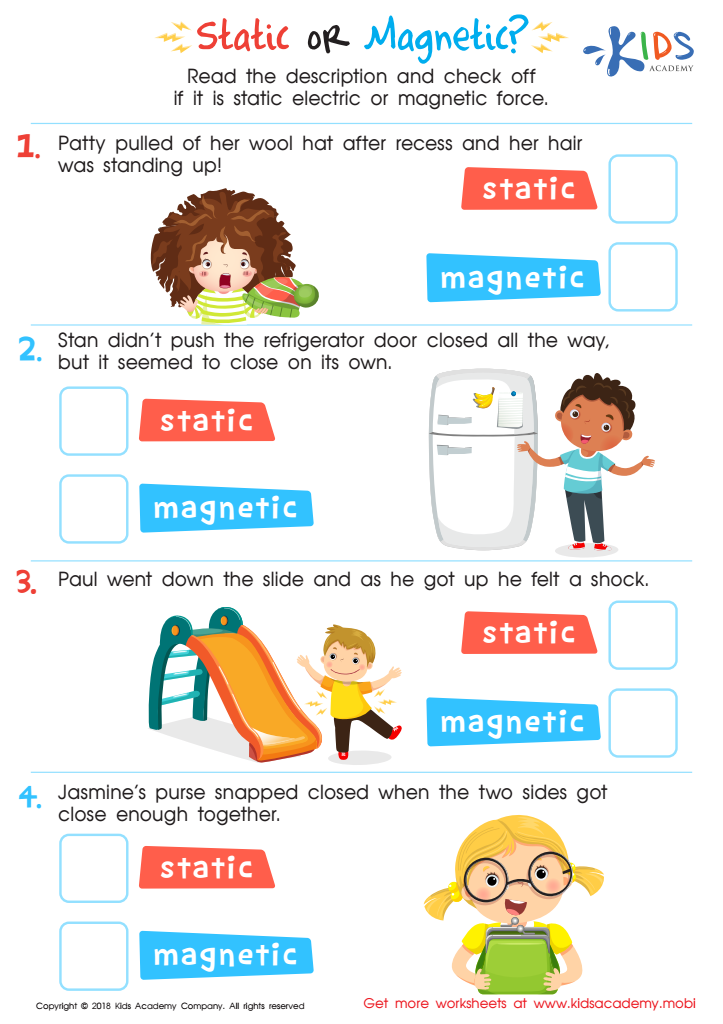

Static or Magnetic Printable Worksheet
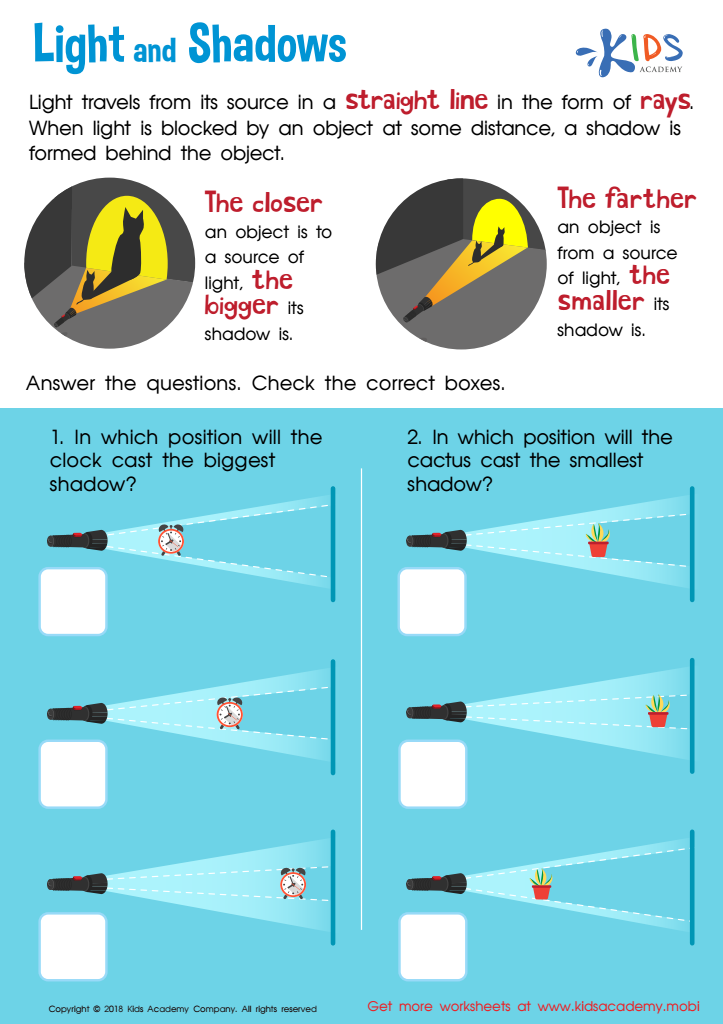

Light and Shadow Worksheet for Grade 3
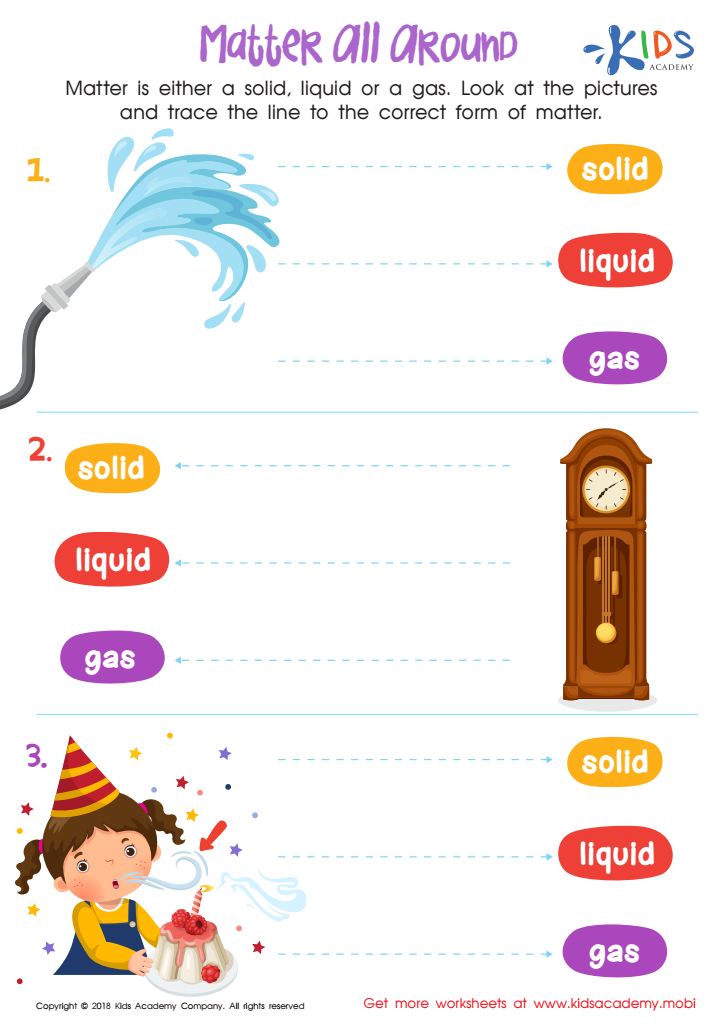

Matter all Around Worksheet
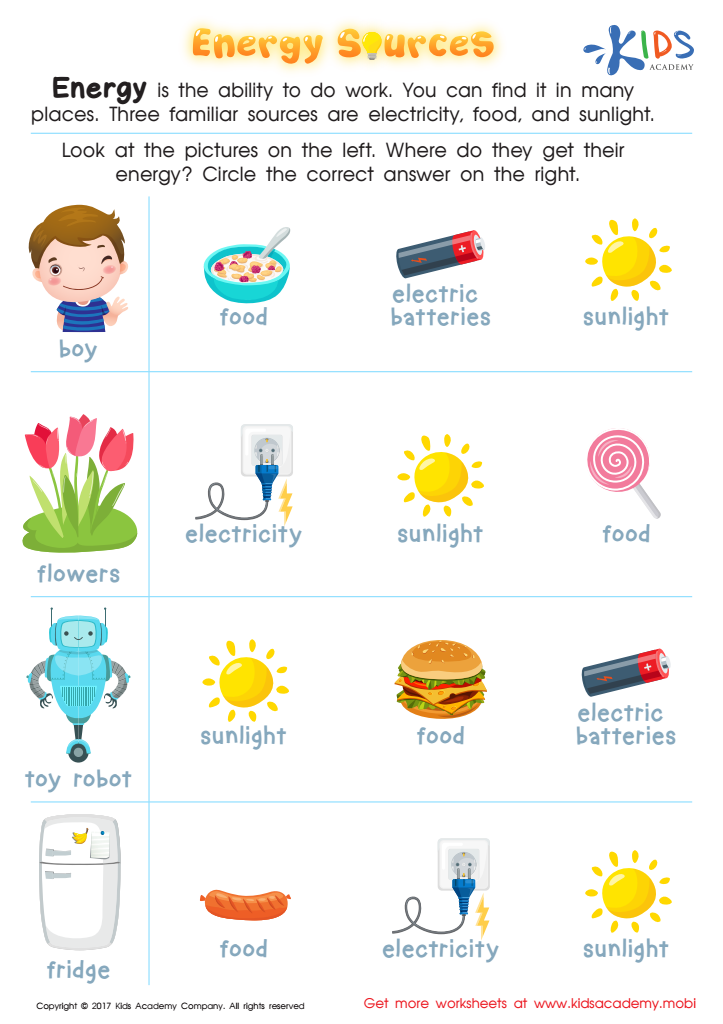

Energy Sources Printable
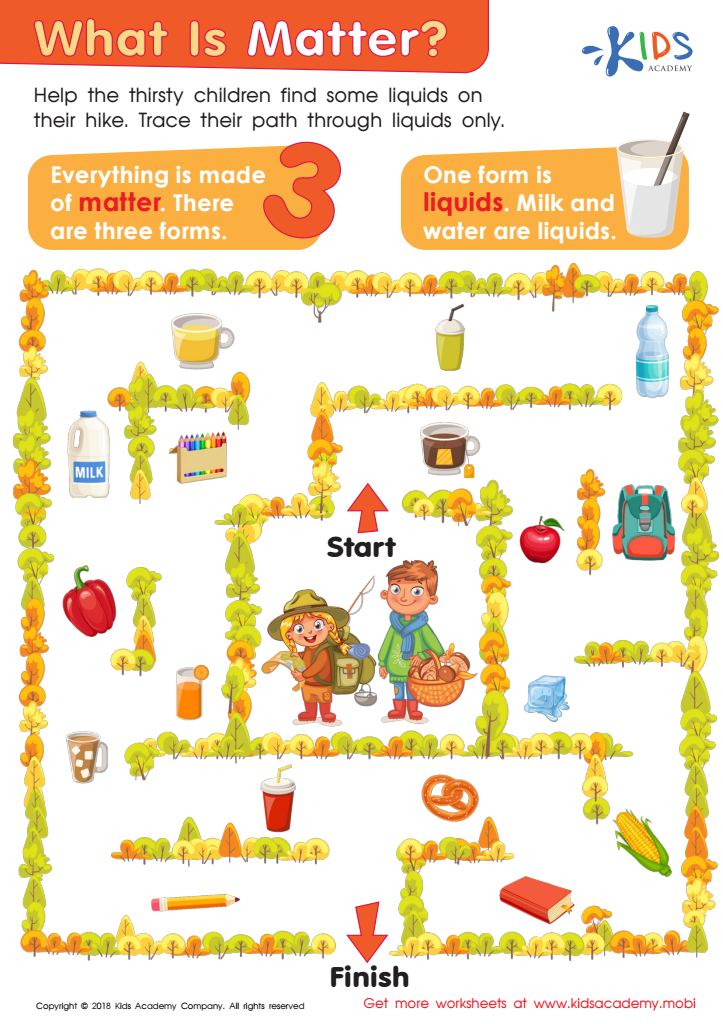

What Is Matter? Worksheet
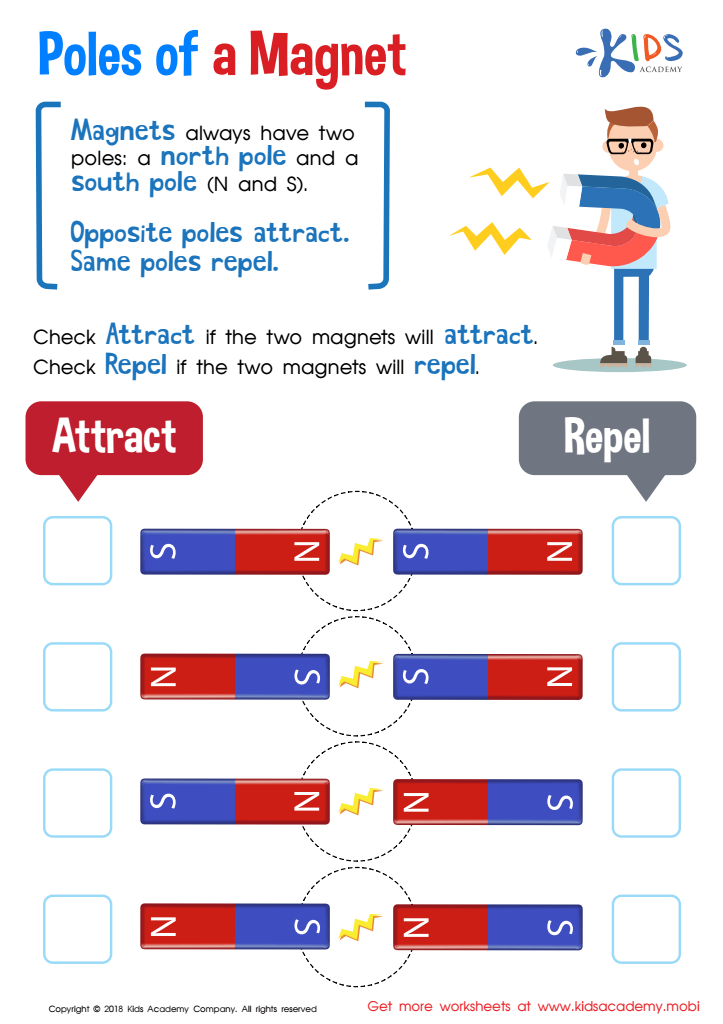

Magnet Poles Attract or Repel Worksheet
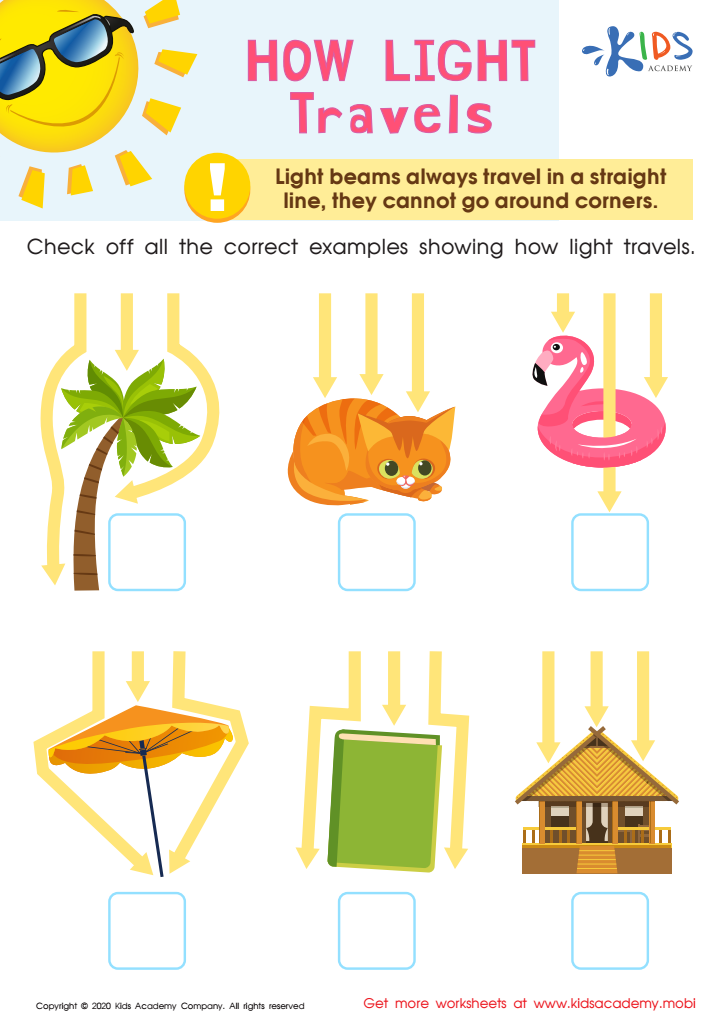

How Light Travels Worksheet
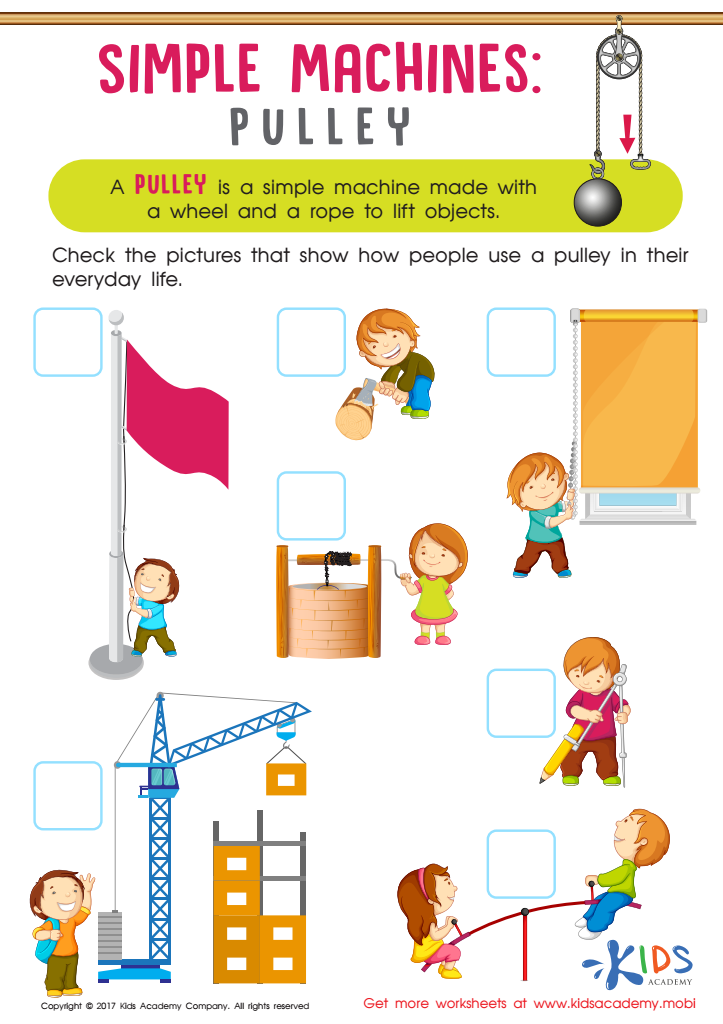

Simple Machines Pulley Worksheet
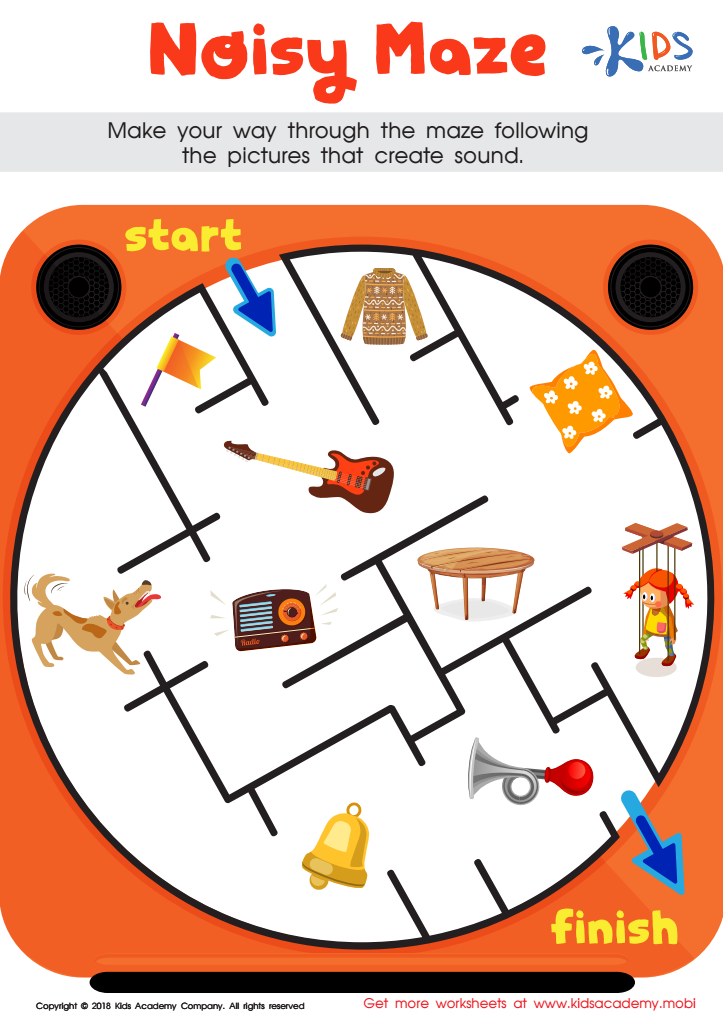

Noisy Maze Worksheet
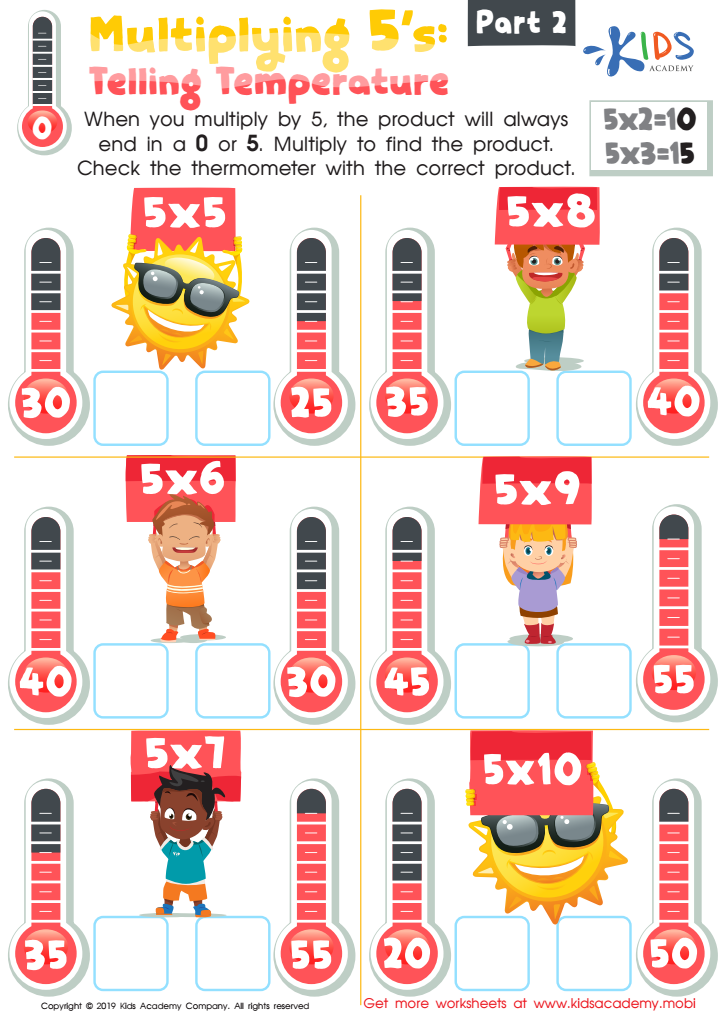

Multiplying 5’s: Telling Temperature Part 2 Worksheet
Engaging children aged 3-9 in physical science is crucial for several reasons. First, it fosters curiosity and a love for learning, critical attributes for lifelong educational success. At this young age, children are naturally inquisitive, and introducing them to concepts like gravity, motion, and magnetism capitalizes on their innate desire to explore and understand the world.
Physical science activities often involve hands-on experiments that develop fine and gross motor skills. For example, building simple machines or observing water displacement during bath time can enhance coordination and motor planning. These practical experiences make abstract scientific concepts more tangible and understandable for young minds.
Additionally, early exposure to physical science nurtures critical thinking and problem-solving skills. As children engage in experiments, they learn to make predictions, observe outcomes, and draw conclusions. This scientific method fosters analytical thinking, helping children not only in science but across all subjects.
Teachers and parents should also consider the social and emotional benefits. Collaborative projects teach teamwork, communication, and sharing, while successful experiments build self-esteem and encourage perseverance.
By prioritizing physical science, we are preparing our children to be informed, capable, and innovative individuals capable of facing the challenges of the future with confidence and ingenuity.

 Assign to My Students
Assign to My Students



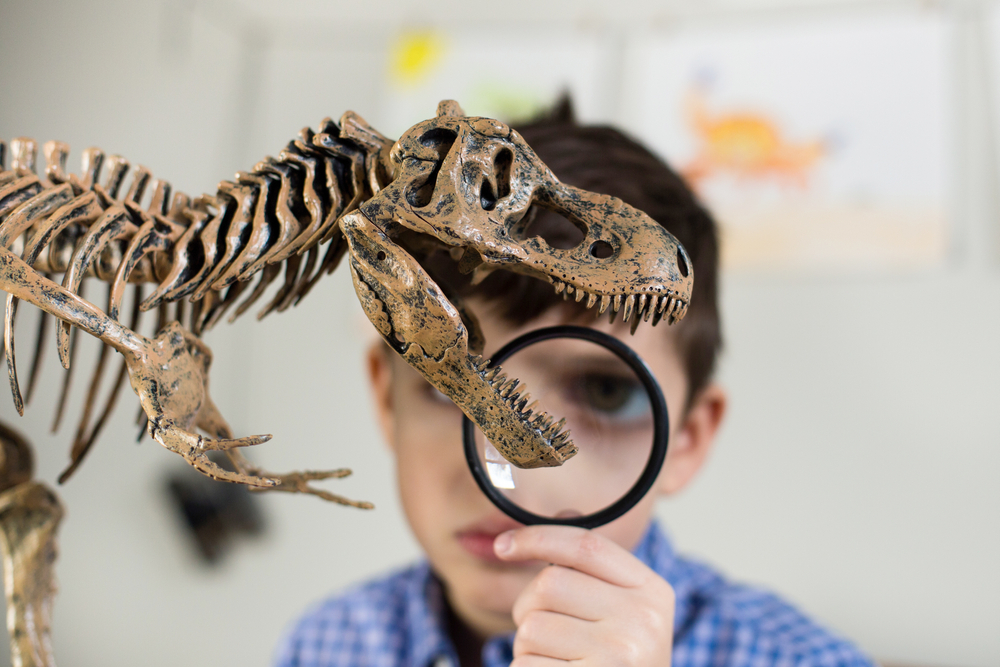
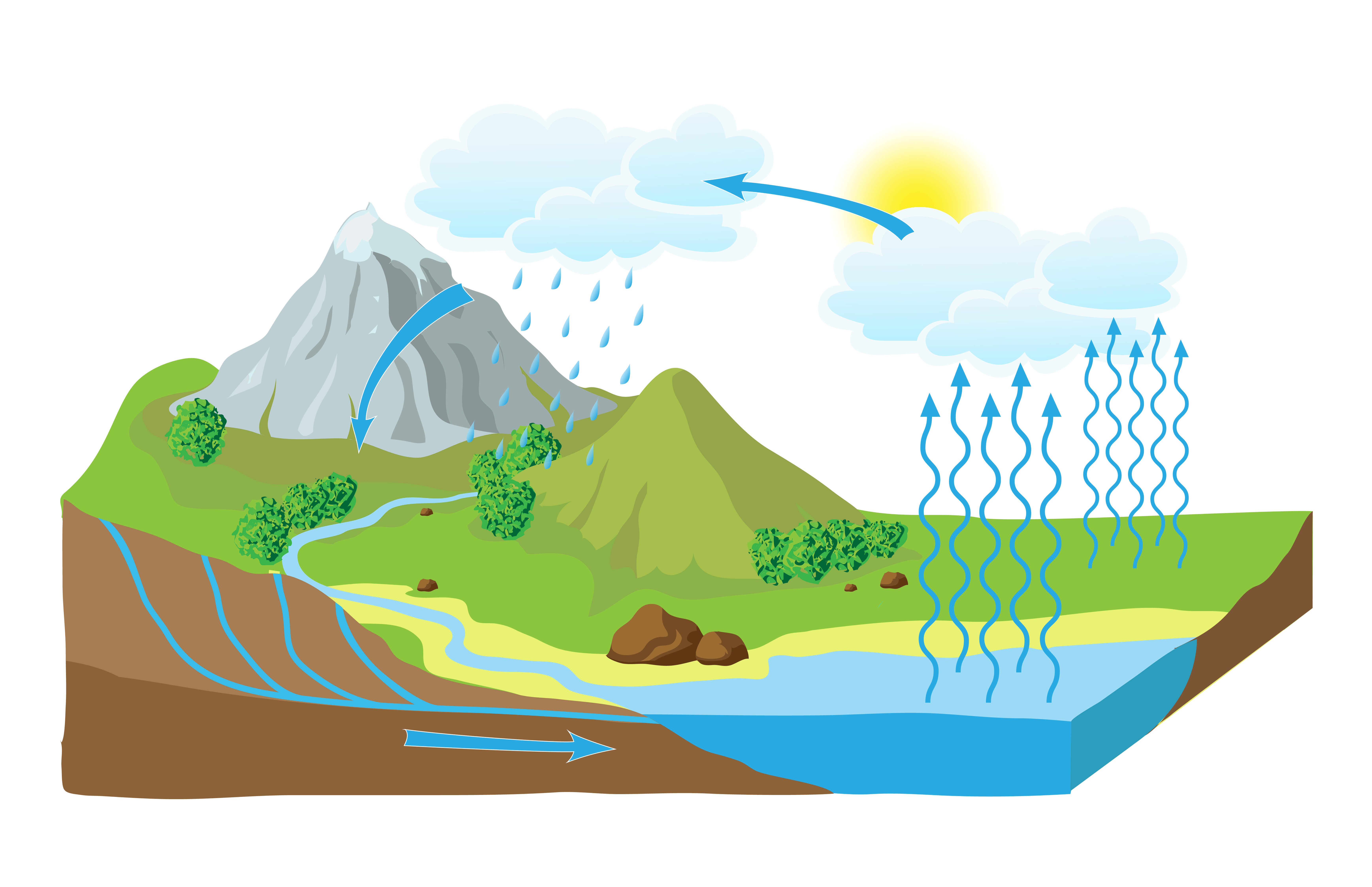
.jpg)



